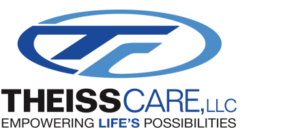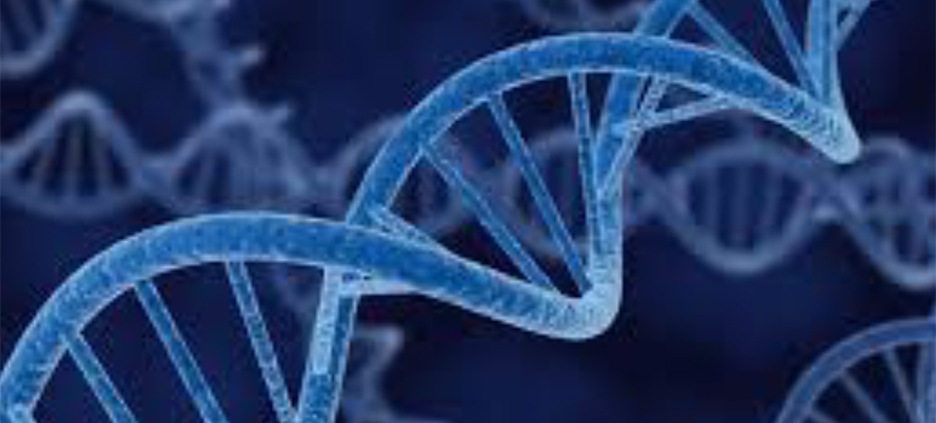Telomeres & Aging, Is the End of Aging Near at Hand?
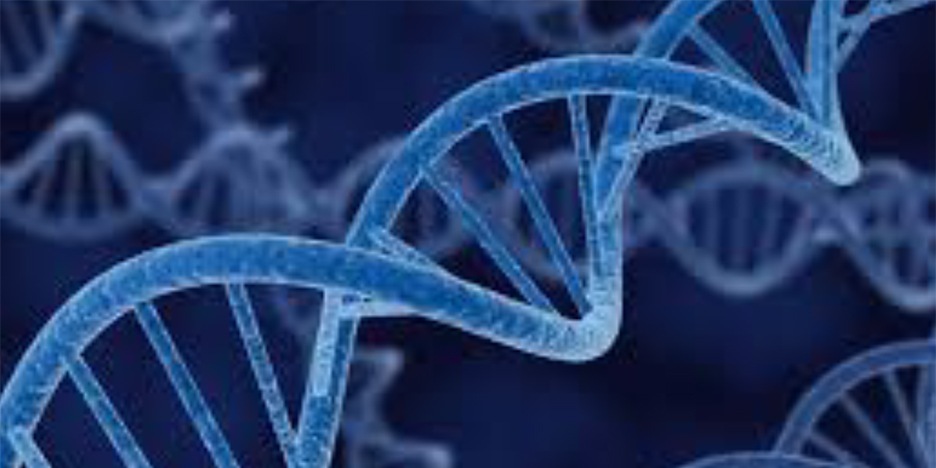
Most DNA molecules consist of two biopolymer strands coiled around each other to form a double helix
We’re on the edge of being able to control or reverse the rate at which we age. There are exciting new technologies, revolving around telomeres and aging, that when combined with a carefully designed exercise and fitness plan, can clearly reduce and even reverse the aging process.
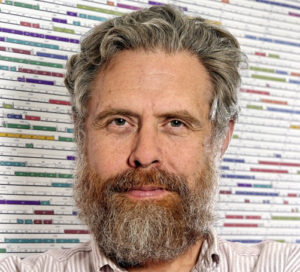
Dr. George Church
Introducing the Harvard Pioneer of CRISPR, Dr. George Church. He is a highly distinguished professor of genetics and major figure at Harvard Medical School and in science worldwide. He is a pioneer in the area of genome engineering and the development of gene editing tools based on the CRISPR/Cas9 system (referred to as CRISPR here).
In December 2015, Dr. Church presented a talk highlighting that aging seems to be controlled to a large extent by the action of a rather small subset of your genes, and especially by master genes that control large numbers of other genes.
Your genes are areas of your DNA that determine eye color, hair color, sex, height, and other characteristics of your body. It is becoming more and more clear that genes also determine how you age.
Dr. Church described how science has now advanced to the point where the activity of your genes, whether the genes are “turned on” (expressed) or “turned off” (repressed, or down-regulated,) can increasingly be controlled, and not just in a test tube, but in whole bodies, and even in the brain.
Reducing or Reversing the Aging Process
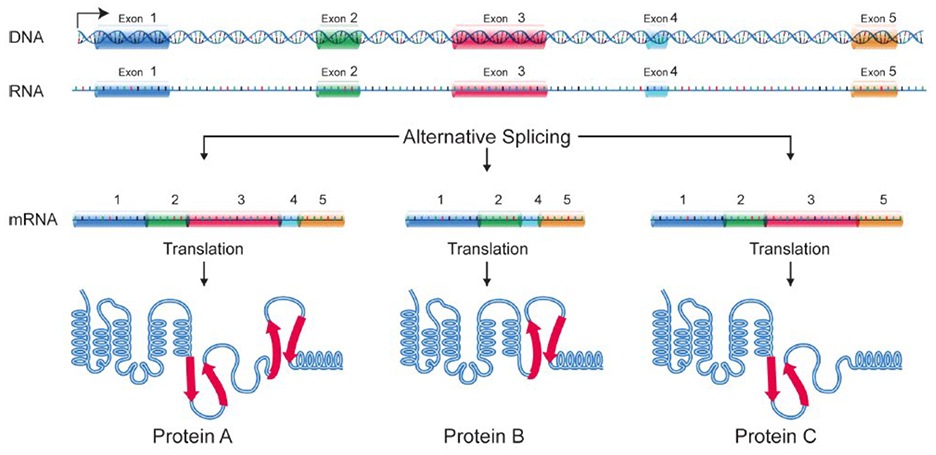
CRISPR – Clustered Regularly Interspaced Short Palindromic Repeats
Dr. Church’s focus is on CRISPR technology, which is a relatively new and particularly powerful method for adjusting gene activity in many different ways. It can even be applied for “editing”, or changing genes, which can be used to correct deleterious mutations, or to create deliberate mutations that can have good effects (such as in knocking out the effects of pro-aging genes).
The implication is very clear: If aging is controlled by master genes, and if the activity of such genes can now be intentionally controlled, then we are beginning to approach the regulating and reversing of aging on a very fundamental level. The same technology can be applied to the correction of many diseases as well, whether age-related or not.
Dr. Church wants to make the control of aging a practical reality, and soon. In an interview with the Washington Post at the beginning of December 2015, Dr. Church said his lab is already reversing aging in mice. He has already been able to reverse aging in human cells using CRISPR technology, and expects the first clinical trials of this technology to begin within as little as one year and that human applications may only be a few years away.
As exciting as this is, it’s not the only alternative when it comes to what’s happening at the cellular level. A second technology is currently available. It focuses on telomere lengthening. Telomeres are directly related to aging.
Nobel Science for Anti-Aging
Telomeres are the protective caps on the ends of the strands of DNA called chromosomes, which house our genomes. In young humans, telomeres are about 8,000-10,000 nucleotides long. They shorten with each cell division and when they reach a critical length the cell stops dividing or dies.

A telomere is a region of repetitive nucleotide sequences at each end of a chromosome
Telomeres therefore act as a kind of molecular clock that tells a cell how old it is. Our cells also have a special enzyme called telomerase that rebuilds telomeres causing telomere lengthening. Cells with lots of telomerase can live much longer, and those without it die more quickly. Discovering how this all worked was a tremendous scientific achievement, for which Elizabeth Blackburn, Carol Greider and Jack Szostak received the 2009 Nobel Prize.
If we know the epigenetic state of all these different cells, no matter how many years apart they are, it only takes a few days to reprogram a cell and duplicate the effects of decades of slow change in the body, or reverse those effects. So in principle we could turn a young cell into an old one or an old cell into a young one because the only difference between them is epigenetics, or gene expression.
Turning Back the Internal Clock and Reversing Aging

Turning back the internal clock to reverse aging
“Now we have found a way to lengthen human telomeres by as much as 1,000 nucleotides, turning back the internal clock in these cells by the equivalent of many years of human life,” said Helen Blau, PhD, professor of microbiology and immunology at Stanford and director of the university’s Baxter Laboratory for Stem Cell Biology. “Telomere lengthening greatly increases the number of cells available for studies such as drug testing or disease modeling.”
The Stanford researchers found that as few as three applications of the modified RNA over a period of a few days could significantly increase the length of the telomeres in cultured human muscle and skin cells. A 1,000 nucleotide addition represents more than a 10 percent increase in the length of the telomeres. These cells divided many more times in the culture dish than did untreated cells: about 28 more times for the skin cells, and about three more times for the muscle cells.
“This study is a first step toward the development of telomere lengthening to improve cell therapies and to possibly treat disorders of accelerated aging in humans,” said John Cooke, MD, PhD. Cooke, a co-author of the study, formerly was a professor of cardiovascular medicine at Stanford. He is now chair of cardiovascular sciences at the Houston Methodist Research Institute.
There are also implications for treating conditions of aging, such as diabetes and heart disease. This has really opened the doors to consider all types of potential uses of this therapy.” Ramunas, Yakubov, Cooke and Blau are inventors on patents for the use of modified RNA for telomere extension.
